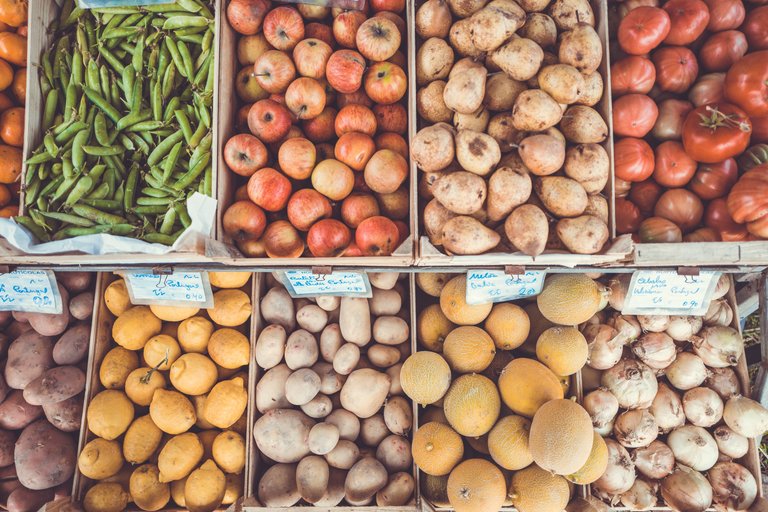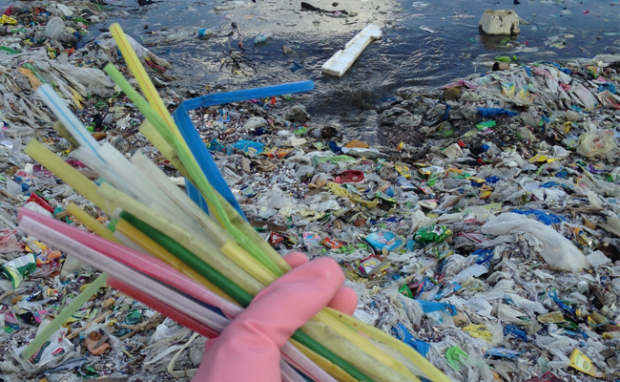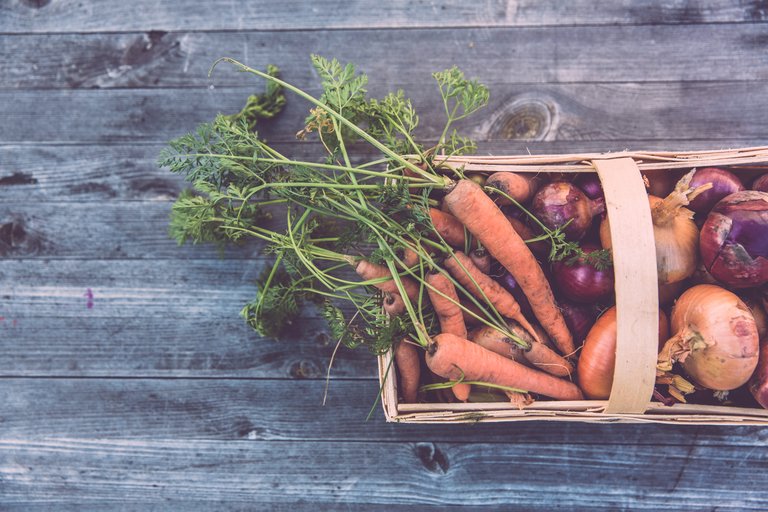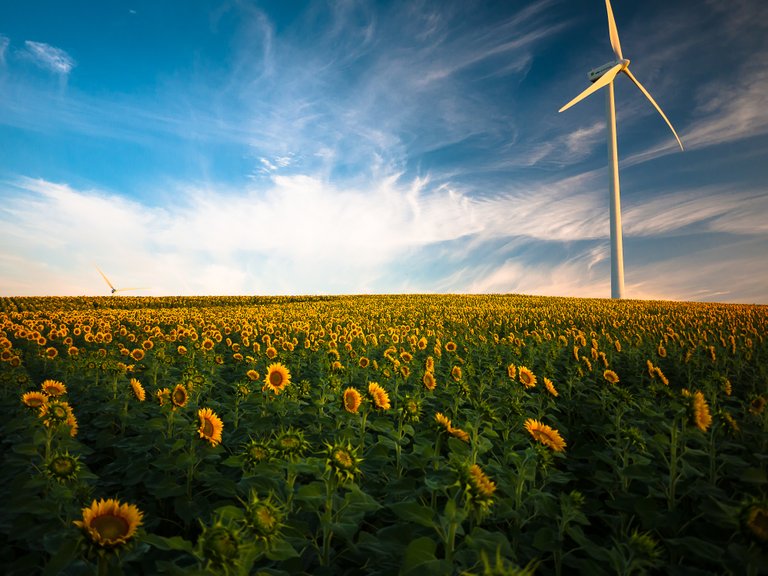When we think about being eco-friendly, we certainly look first to recycling, switching the lights off and using public transport. But a big – and perhaps neglected – part of our environmental impact comes from what we consume, how we eat.
The food industry contributes to 15% of greenhouse gas emissions, and ‘food miles’ plays a large role in this, as well as our food’s packaging and processing – even if locally sourced – can contribute another 7% and 4% respectively to our carbon footprint.
Out of these shocking numbers has come the idea of sustainable eating – or, eating green – and it has grown through several movements – zero-waste, veganism, organic eating.
But these changes don’t happen overnight and trying to make them in a day can be frustrating and expensive. So, we’ve compiled a guide to starting sustainable eating.
You can choose one thing and focus on that until you pick another thing to adapt. Some points may lead you more towards vegetarianism, others to complete zero-waste. Whatever route this takes you on, we hope you can create a lifestyle healthier for yourself and for the planet.

1.Buy local
First things first, buying local is a sure way to help the environment. Your meat, produce, dairy, grains – as much as you can should be found close to home. Whether that’s buying British strawberries from a supermarket or from a local farmers’ market.
Of course, a farmers’ market is the most ethical and sustainable way, but the impact is redundant if you’re driving for half an hour to get to the market.
It’s important to consider the balance between the food itself and the means used to get it. It is therefore better sometimes to just buy from a supermarket.
Bear in mind that some supermarkets, such as The Co-Operative, encourage local produce by selling locally-sourced honey and baked goods.
.
2.Buy seasonal
Ensuring that you buy produce that is grown seasonally increases your likelihood of consuming locally-sourced foods. But if you bought something locally grown, but out of season, it may still have a harmful effect.
This is because farmers might create artificial conditions or use non-organic products to allow the produce to grow. This highlights the need to buy organic.
Also, buying only seasonal produce allows you to try out new fruit and vegetables, increasing the variety of meals in your diet.

3.Buy organic
It goes without saying that you should buy organic.
You can read our article on the importance of eating organic from a health perspective here.
In terms of the environment, consider how the pesticides and herbicides kill certain organisms and then spread across land and rivers, affecting the balance of our ecosystems.
.
4.Bring your own: Cup
Britain alone disposes of 2.5 billion paper cups a year. Bringing your own cup for your take-out drinks can save both you and the environment: various branches like Pret, Paul, and Costa offer generous discounts on drinks when you bring your own cup, meaning you can get your money back in 30-50 drinks, and save in the long run.
Having your own cup might even make you more inclined to make your own drinks to bring.
Get a cup in-store or this KeepCup from Amazon is one that we use and recommend, it’s the perfect Barista size and its stylish look will get you many compliments.

5.Bring your own: Straw
Straws are for suckers. But some drinks (think Frappuccinos) aren’t exactly made to be drunk from the cup.
Unfortunately, straws have a devastating impact on the environment. As most of them end up in the oceans, they can get stuck in sea life and hurt or kill the animals.
(You can see the horrific video of a marine biologist removing a straw from a turtle’s nostril here-beware of graphic content).
If a straw is a staple item in your drinks, we recommend getting a pack of reusable straws that you can keep permanently in your bag for iced-drink days.
These stainless-steel ones come in a pack of 8, and have 2 cleaning brushes, so you can share them and the price between you and your family or friends.
.
6.Meatless Mondays
The immense environmental impact of the meat industry is shocking and has driven the concept of ‘meatless Mondays’: an easy way to reduce meat intake by dedicated one day in your week to solely meatless food.
The fact is, it’s not the consumption of meat itself that is harming the environment, but the effects of it through mass food production. It has led to the forced reproduction of animals and a cheap grain and soy-intensive diet for animals, causing an increase in methane release.
What’s more, because food now goes through processing and packaging, the factory gases and plastics of supermarket-bought meat are detrimental to our planet.
Reducing your meat intake is one way to reduce the harmful effects. But if it’s in your means, once again buying organically grown and individual farmers’ meat can have a positive impact.

7.Grow and make your own
What better way to be sure of what you’re eating and its environmental impact, than by making it yourself?
If you have space in your garden, start by replanting the ends of celery and lettuce! This way you can reuse and grow yourself.
If you don’t have a garden, there are small things you can regrow like herbs, which only need a small pot and can sit in your kitchen.
As for making your own – you can save money, packaging waste, additional ingredients and industrial energy by making your own nut milk and butters, granola, jam, bread and other baked goods.
You’ll know exactly what’s going into your food, and how it was made.
.
8.Buy unpackaged/bulk (inc. tea and coffee)
For things that you can’t grow or make yourself, it’s worth getting it unpackaged or in bulk.
This website will tell you where you can find unpackaged/bulk stores near you. You’ll save plastic and might even find that it’s cheaper.
You can buy loose produce in supermarkets and farmers’ markets as well, and Whittard is a brilliant place to get loose tea and coffee.
Get their tea caddy here and you’ll get 50p off your tea every time you go back to fill it up.
.
9.Choose unprocessed
The vast processes that our foods go into are bad for both us and the planet.
Additives, added sugars and extra sodium and fats are no good to our bodies. But for the environment, they also mean added packaging and extra energy to produce.
You can drastically reduce your consumption of processed food by cooking more and following the above tip of growing and making your own food.
The Whole30 cleanse is a great way to find what your body needs and to try new dishes to make a part of your permanent eating habits.
.
10.Use bees’ wrap
As well as the packaging on food, we also waste a lot of plastic with foil, cling film and sandwich bags. What’s more, these materials can contaminate our food.
Bees wrap has grown in popularity lately, being featured on Buzzfeed and Oprah.
It’s made from bees’ wax, tree resin and organic cotton, making it a breathable, food-safe alternative. While it is not oven-safe, it is a life-changing product because you can wash it and therefore reuse it. It is a one-time purchase, so the price allows for years of usage. In the case that you do want to get rid of it, it is completely compostable.
Use it to cover dishes, wrap food halves or sandwiches on the go.
Notonthehighstreet.com is a convenient place to get it for UK buyers, or for those in the US, the abeego official website.
.
11.Reuse reuse reuse – plastic bags, tea towels, leftovers, veggie peel
Finally, recycling is a good place to start but a bad place to stop.
Recycling should be the penultimate step in your products. Try to reuse everything, for example:
-Make vegetable stock out of veggie scraps before putting them in the compost
-Reuse a plastic water bottle if you still have one until you’ve worn it out
-Reuse jars for storage or bulk purchases
-Reuse plastic bags
-Buy reusable: avoid disposable kitchen roll and bottles and forks, try a week without kitchen roll, just sponges and tea towels and you’ll see how much is unnecessarily used!
-Get a small reusable spork to keep in your bag for when only wooden or plastic cutlery is available
These are just a few steps that we consider easy starts to reducing waste and eating more green and sustainably.
The products recommended have been well-researched and/or are used by us at LiveStrongLife.
Enjoy the process and know that you are taking better steps for yourself and the environment.

I love to try different cuisines , and i do enjoy reading articles like this because as you travel you get the chance to try the place's foods as well. Thanks for sharing @livestronglife
Thanks for reading...
Congratulations @livestronglife! You received a personal award!
You can view your badges on your Steem Board and compare to others on the Steem Ranking
Vote for @Steemitboard as a witness to get one more award and increased upvotes!